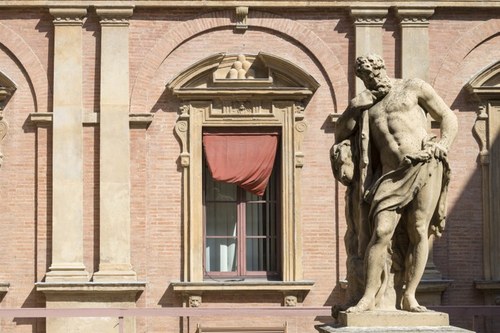
The city is known for its historical centre, one of the largest in Italy, its towers and porticoes, the colour of which has earned it the nickname 'the red one'. Bologna is also home to the oldest university in the world, the Alma Mater Studiorum, which has given it the appellation of the “duct”.
Bologna's origin is ancient, dating back to Etruscan times when it was one of the most important Etruscan cities in Padania under the name of Felsina. Later, in the 4th century, it was occupied by the Boi Gauls and in the following centuries the Romans arrived and changed its name to Bononia. Under the Romans, Bologna was a flourishing city with twenty thousand inhabitants, imposing buildings and a vast theatre. After the fall of the Western Roman Empire, there were years of anarchy and then domination by the Lombards, until Charlemagne gave it to Pope Adrian I and united it with the Kingdom of Italy.
Between the 10th and 11th centuries, Bologna grew, repopulating and transforming itself again, even in urban terms.
At the end of the 11th century, masters of grammar, rhetoric and logic began to study and reorder Justinian law, and to teach it privately to pupils made up of young people from rich, often noble, families. Thus was born the Studium, later Universitas Scholarium, or University.